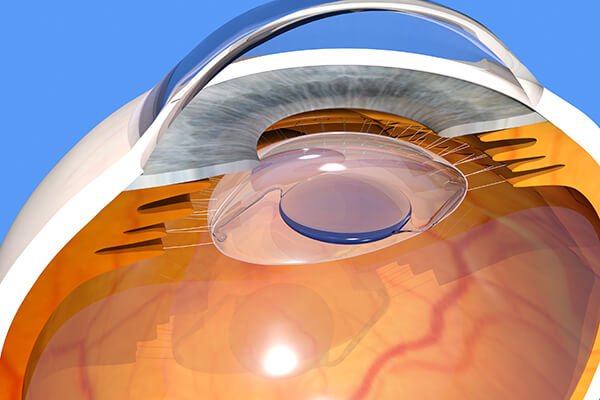Refractive Lens Exchange (RLE) is a surgical procedure that involves removing the natural lens of the eye and replacing it with an artificial intraocular lens (IOL) to correct refractive errors. This procedure is commonly used to treat patients over 50 years old who have developed presbyopia, a condition that causes difficulty in focusing on close objects. RLE is also used to treat cataracts, a condition in which the lens of the eye becomes cloudy and impairs vision. The cost of RLE can vary depending on several factors such as the location, the surgeon’s experience, the type of IOL used, and any additional procedures that may be required. In this article, we will discuss the cost of RLE and whether it is worth the investment.
Factors Affecting RLE Cost
- Location: The cost of RLE can vary depending on where the procedure is performed. The cost tends to be higher in urban areas compared to rural areas.
- Surgeon’s Experience: The more experienced the surgeon, the higher the cost of the procedure. It is important to choose a qualified and experienced surgeon to ensure a safe and successful outcome.
- Type of IOL: The type of IOL used can also affect the cost of RLE. Premium IOLs, which provide a wider range of vision correction, tend to be more expensive than standard IOLs.
- Additional Procedures: If additional procedures are required, such as astigmatism correction or the removal of cataracts, the cost of RLE will increase.
Average Cost of RLE
The cost of RLE can range from $3,000 to $6,000 per eye. However, this is just an average estimate, and the actual cost can be higher or lower depending on the factors listed above. It is important to note that most insurance companies do not cover the cost of RLE as it is considered a cosmetic procedure.
Is RLE Worth the Investment?
RLE can be a significant investment, but for many patients, it is worth the cost. The benefits of RLE include:
- Permanent Solution: RLE provides a permanent solution to refractive errors and presbyopia. Once the natural lens is removed and replaced with an artificial IOL, the patient’s vision is corrected, and there is no need for glasses or contact lenses.
- Improved Quality of Life: RLE can improve the quality of life for patients who have difficulty performing daily activities due to poor vision. Patients can enjoy clear vision and the ability to read, drive, and participate in activities without the need for glasses or contact lenses.
- Cost-Effective in the Long Run: Although RLE may seem expensive initially, it can be cost-effective in the long run. Patients no longer need to spend money on glasses or contact lenses, which can add up over time.
It is important to discuss the cost and benefits of RLE with your doctor to determine if it is the right choice for you. In some cases, alternative treatments such as LASIK or PRK may be a more cost-effective option.
In conclusion, the cost of RLE can vary depending on several factors, but for many patients, it is worth the investment. The benefits of RLE include a permanent solution to refractive errors and presbyopia, improved quality of life, and cost-effectiveness in the long run. Consult with your doctor to determine if RLE is the right choice for you.
